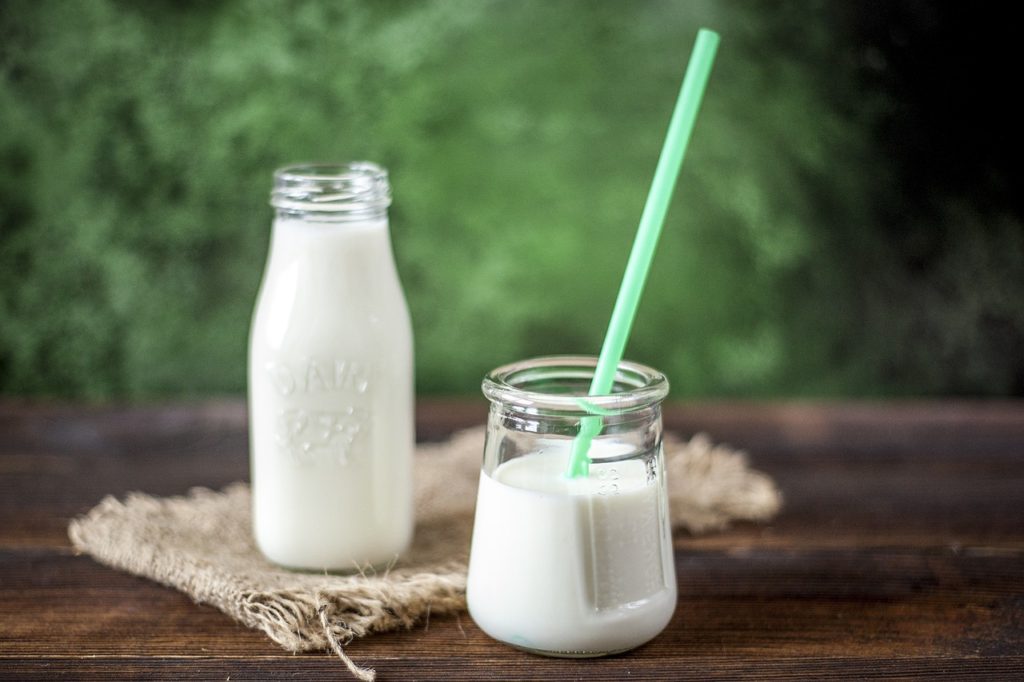Dairy Milk Classes - What are they and what are they used for?
When it comes to using the token good of a dairy cow farm, the cow’s milk, it can be used in a variety of ways. This variety is broken down into classes, signifying the difference in how the milk is used. The price a farmer receives for their raw is usually based heavily on what components that milk goes into, making these classes a pretty important factor in dairy profitability. These classifications are as follows:
Class I
Class I milk is used for fluid dairy products such as drinking milk, or eggnog. Value of class I milk is based on the higher value of class III or IV price with an added variable of location; it’s worth more in some places than in others.
Class II
The second class of milk is used in soft products and cream products such as cottage cheese, yogurt, custards, bakery products, or batters as a few examples. Class II milk is based on dried milk and butter prices, similar to class IV milk, but has an added differential to it to add value.
Class III
Third comes the class of milk dedicated to making hard cheeses such as cream cheese, butteroil, and spreadable cheeses. The price of class III milk depends on cheese, dry whey, and butter prices.
Class IV
The final class of milk use categorizes all things that are dry products. Evaporated milk, sweetened condensed milk, butter, and dried milk all fall into this category. Class IV milk price is based on dried milk and butter prices.
Milk Class in terms of Dairy Revenue Protection
In addition to milk classes being an integral part in the general sales and profits of dairy farms, it’s also a key variable in the dairy insurance program Dairy Revenue Protection. Dairy Revenue Protection policies all are based on a weighting of Class III and Class IV, or on a weighting of the percentages of raw components butterfat and proteins. Just as with milk pricing, depending on the region, any combination of these options could be the best for Dairy Revenue Protection endorsements. Whether you’re buying insurance or selling milk, it’s always important to do your research to find out what’s best for your dairy.

